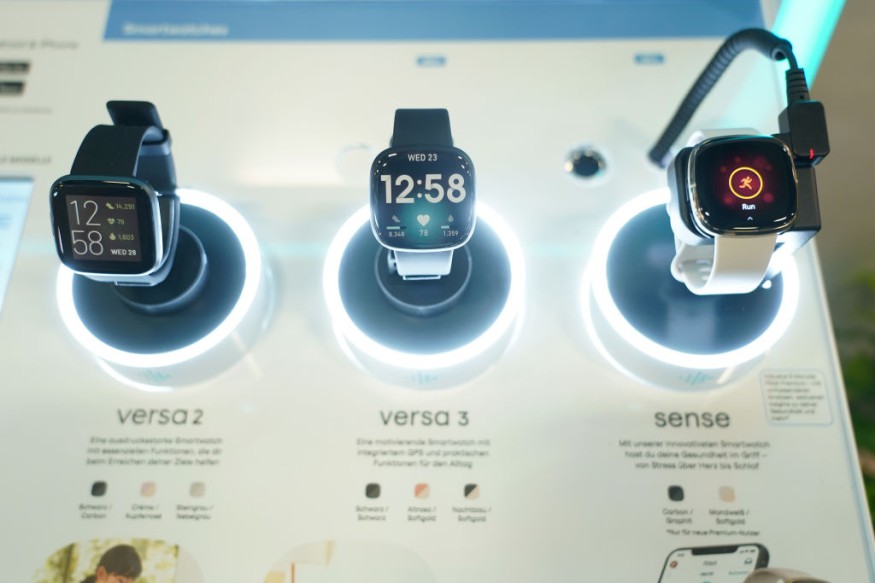Smartwatches are becoming more than simply a time-telling accessory. Thanks to technological advancements, they are your alarm clock, health monitor, and personal fitness trainer. Pramuka Sooriyapatabandige, a Sri Lankan researcher and an IEEE student member, has created a health monitoring wristband that can remotely measure vital indicators.

According to the IEEE student member, noncommunicable, chronic diseases like cancer and heart disease account for 70% of deaths worldwide, and more than 75% occur in developing nations like Sri Lanka. This motivated him to create the multipurpose health-monitoring bracelet (MHMB). According to a U.N. study, the South Asian nation is going through an economic crisis, and its healthcare system is having trouble.
"When I started this research project, I did not have a clear idea of the problems with health care," says Sooriyapatabandige (per Spectrum IEEE). He had access to a wealth of remote health monitoring information after participating in the competition. He could see the volume of labor, the varieties of study being conducted, and the trends. Developing nations seldom ever use any of this knowledge, he said.
Real-Time Cloud-Based System
The MHMB is intended to be a component of a centralized remote monitoring system. The wearable, which runs on batteries, has sensors that track vital indicators. It can take single-lead readings and measure heart rate via photoplethysmography. The bracelet doesn't have a display and needs the wearer to pay it very little attention.
According to Sooriyapatabandige in the same Spectrum IEEE report, the prototype development costs roughly $100 USD.
Wi-Fi is used to link the wearable to the cloud. Data about the patient can be accessed by medical personnel via an app or a monitoring system. Upon checking their readings' history, patients may download the app to their phones.
The bracelet may be linked to glucose meters, blood pressure monitors, and other medical devices. According to Sooriyapatabandige, the bracelet's possibilities are not restricted to measures taken at the wrist because the MHMB can link to the equipment. Additionally, it turns the bracelet into the remote patient monitoring system's core node, or hub, by supplying a connection so that other devices may access the platform.
No other wearable of this type provides the capacity to link to the other tools, according to Sooriyapatabandige.
According to him, the method may be utilized in mass casualty scenarios when scaling up medical services would be extremely difficult, such as when checking the vital signs of victims of natural disasters.
Sooriyapatabandige and the group are working on a bracelet variant for clinical testing. The institution has submitted a patent application to the Sri Lankan government's National Intellectual Property Office.
Pros of Remote Systems
Vital signs are routinely examined in those with chronic diseases, including cancer and heart disease. But making an appointment with a doctor can take time and effort, particularly for those residing in underdeveloped nations or other regions with a shortage of medical personnel. It might be challenging to schedule appointments, and getting to a medical institution can take a while. To monitor patients remotely, one way is to use telemedicine.
The core of Sri Lanka's healthcare system is clinics. People may only attend a clinic on the day they have been assigned, according to Sooriyapatabandige, to prevent crowding. He claims that if vital sign monitoring could be done remotely, fewer individuals would need to visit the facilities, and the medical personnel would have more time to treat patients with more severe diseases.
The necessity for home-based monitoring of crucial health markers can be satisfied by existing technology. He suggested that a comprehensive, community-based, and family-centered technological solution might be the key to resolving Sri Lanka's current health problems.
RELATED ARTICLE : Atrial Fibrillation High-Risk Group Revealed in Study Involving a Million Patients
Check out more news and information on Wearables in Science Times.










